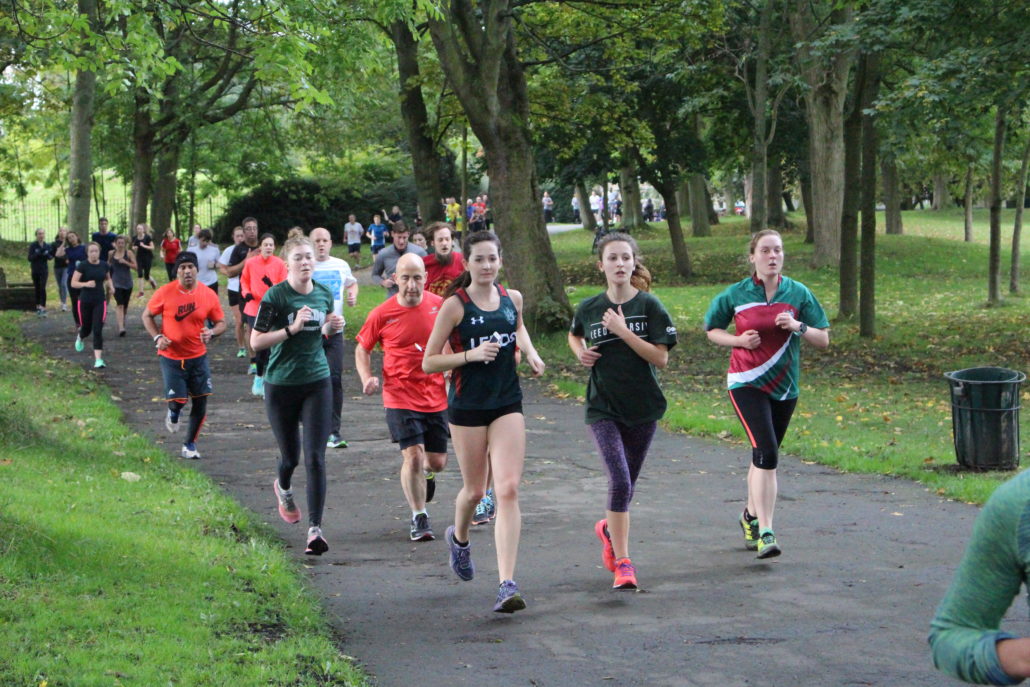The Physical Activity and Population Health BJSM Blog Series #bjsmPApopBlog
By Sonia Cheng @soniawmcheng
“Vacuuming and scrubbing the floor are enough exercise to protect the heart and extend life!”
“Household chores could save your life: The tiny amounts of physical activity from cleaning the floor and tidying up cut your risk of death by 28%!”
You may have spotted these media headlines following the publication of the Prospective Urban Rural Epidemiologic (PURE) study in The Lancet in September this year. The PURE study acknowledged that the inverse associations of physical activity with mortality and cardiovascular disease (CVD) have primarily been reported in studies from high-income countries, and focused on recreational or leisure-time physical activity. Do these findings still apply in countries of different economic levels, and for other types of physical activity?
Let’s unpack the main findings from the PURE study:
- “Higher physical activity was associated with a lower risk for mortality and incidence of major CVD in all regions of the world. This lower risk was present even at moderate physical activity (600 to <3000 MET-minutes/week), and continued to be present at very high levels of physical activity with no indication of a ceiling effect.”
The majority of the cohort reported meeting current physical activity guidelines, predominately through participation in non-recreational physical activity (a merged estimate of occupational activity, transport and housework). Interestingly, higher levels of total and recreational physical activity were associated with a greater magnitude of effectin higher-income countries compared to lower-income countries.
Why might recreational physical activity be less effective in lower-income countries? It is still unclear. But given that participants from low-income countries did not report any recreational physical activity at all, the authors propose that this result may have been swayed by a few participants who are atypical of the general population in lower-income countries.
At least marathon runners can rejoice – in contrast to speculation that very high levels of activity pose no additional benefit and may even be harmful, this study observed a dose-response relationship between physical activity and health outcomes. The reductions in mortality and CVD risk began to plateau at 1250 minutes/week of moderate-intensity physical activity, but no adverse effects were observed in the 9000 participants who reported >2500 minutes/week of moderate-intensity activity (approximately 17 times the dose of current recommendations).

- “Both recreational and non-recreational physical activity were associated with lower risks of mortality and major CVD, indicating that physical activity of any type is beneficial.”
Beware those misleading media headlines. Housework is not “better” than going to the gym; rather, the PURE study found that the benefits of physical activity were independent of the type of activity, recreational or non-recreational.
It also seems to be a challenge in all regions of the world to achieve high levels of physical activity outside of work and domestic duties. In those who reported high levels of physical activity (≥3000 MET-minutes/week), only 3% of participants derived this exclusively from recreational physical activity, compared with 38% of participants who attained this through non-recreational physical activity.
We certainly need to shift perceptions of physical activity away from “structured, planned exercise”, towards the idea of incorporating more physical activity into daily life. The authors conclude that incorporating physical activity into our daily routines at work and at home, and through active transportation, is a low cost, globally applicable strategy for attaining higher thresholds of physical activity, which are associated with greater reductions in mortality and CVD risk.
- Strengths and limitations of the study
We mustn’t forget to cast a critical eye over the study. This is the first study to report a dose-response relationship between physical activity and mortality/CVD risk in such a large cohort of participants across 17 different countries, reflecting a range of cultures, economies and lifestyles. Another strength is its attempt to collect physical activity and outcome data in a standardised way across and within countries.
There are also a few limitations:
- Physical activity was self-reported using the long-form International Physical Activity Questionnaire (IPAQ), and it is well-established that self-report questionnaires tend to overestimate the time spent physically active(1);
- Since most low-income and middle-income countries did not have a central system of death or event registration, some events may have been misclassified, and people with existing CVD at baseline may not have been reliably excluded from the primary analyses.
- The take home message
The implications of the PURE study are perfectly encapsulated by Dr Tim Chico, from the University of Sheffield, below.
“We no longer need more evidence to confirm the benefit of exercise in reducing heart disease; it does this more powerfully than any drug available. What we need is to understand why so many people do so little exercise, and what can be done to make regular physical activity a part of everyone’s daily routine.”
#bjsmPApopBlog
We welcome guest blog contributions, if you have any ideas please email emmanuel.stamatakis@sydney.edu.au
By Sonia Cheng (@soniawmcheng) graduated from The University of Sydney with a Bachelor of Applied Sciences (Physiotherapy) (Honours Class I) in 2014. Sonia is currently employed as a physiotherapist with Royal Prince Alfred Hospital and Westmead Hospital in Sydney.”
Link to the full paper
Lear SA, Hu W, Rangarajan S, et al. The effect of physical activity on mortality and cardiovascular disease in 130 000 people from 17 high-income, middle-income, and low-income countries: the PURE study. Published in The Lancet on Thursday 21 September 2017.
References
- Celis-Morales CA, Perez-Bravo F, Ibañez L, Salas C, Bailey M, Gill J. Objective-versus-self-reported physical activity and sedentary time: effects of measurement method on relationships with risk biomarkers. PLoS One. 2012;7(5):e36345.